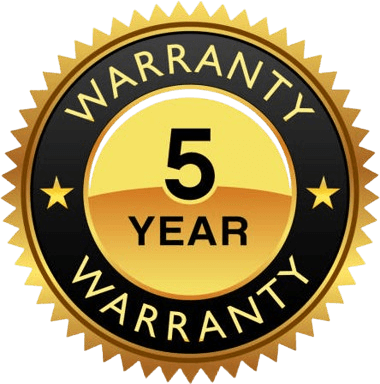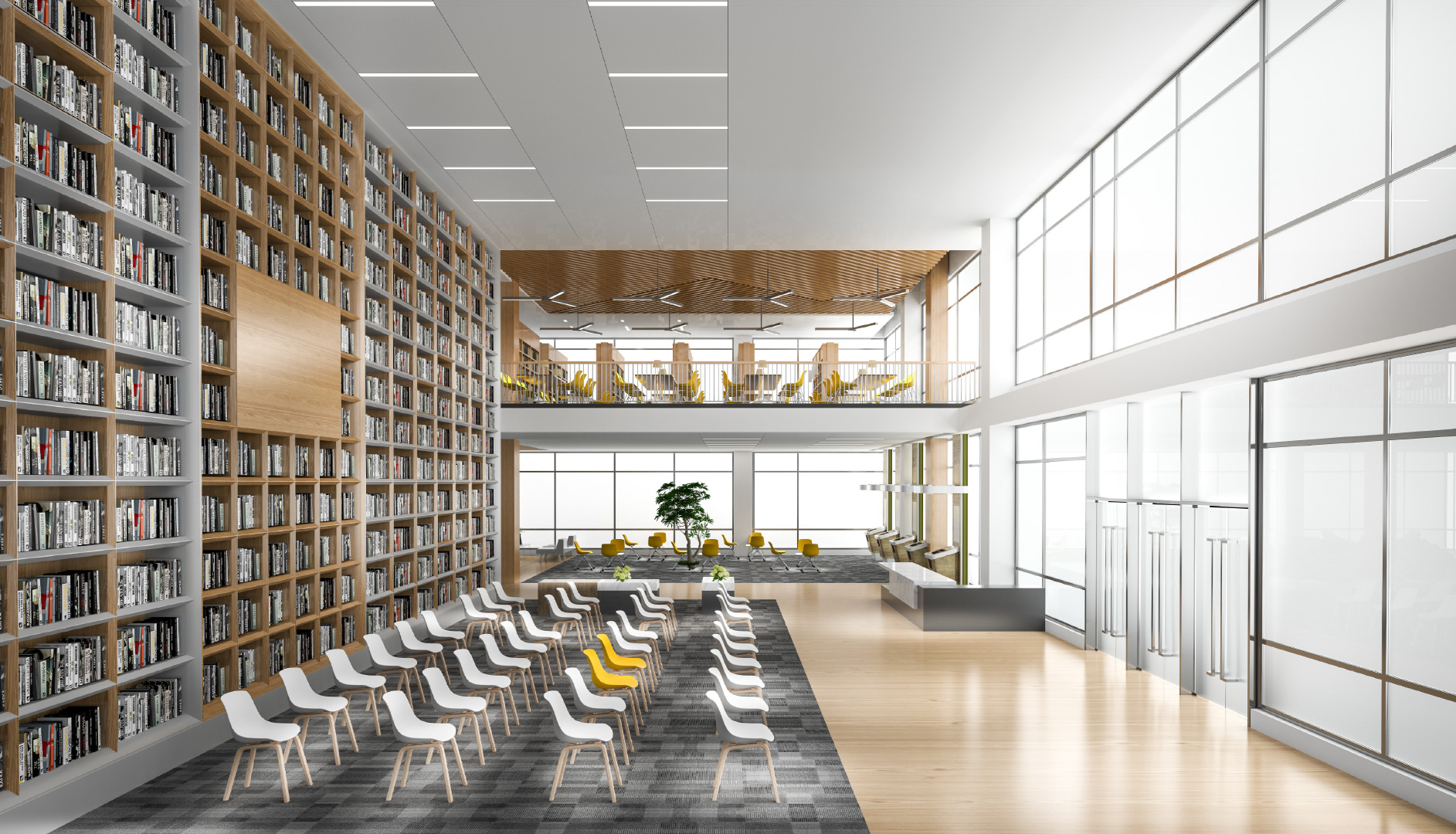Introduction: Why Office Seating Matters More Than Ever
In today’s evolving Australian workspaces, not all office chairs are created equal—and not all roles require the same support. A well-designed, role-specific chair can improve posture, reduce fatigue, boost productivity, and demonstrate your organisation’s commitment to employee wellbeing.
At The Corporate Desk, we believe that choosing the right office chair is more than a matter of preference—it’s a matter of purpose. Whether you’re fitting out a C-suite, a back office, or a reception lounge, the right chair can make all the difference.
The Fundamentals: What Makes a Good Office Chair?
Before we look at roles, let’s define quality.
A great office chair should:
- Provide adjustable ergonomic support
- Allow movement (tilt and swivel)
- Suit the duration of intended use
- Be constructed from durable, breathable materials
- Fit seamlessly within the workplace environment
Standard isn’t good enough anymore. Your team deserves chairs that match their daily reality.
Executive Roles: Leadership in Style and Comfort
The Chair for the Corner Office
Executives need more than functionality—they need presence.
An executive chair should convey authority while offering superior comfort for long meetings, multitasking, and long-term use. Features to prioritise include:
- High backrest with integrated headrest
- Genuine leather or upholstered finishes
- Multi-tilt mechanisms for reclining and locking
- Premium cushioning for extended comfort
- Timber grain or chrome bases for prestige
Your leadership team’s seating should reflect the tone of the organisation. A stylish, supportive executive chair reinforces that leadership matters.
Managerial Roles: Balancing Control and Flexibility
The Chair for Daily Oversight and Meetings
Managers often need mobility, adaptability, and comfort. Unlike executives, they tend to move between desks, meetings, and collaborative areas.
Ideal chair features include:
- Mid-to-high backrest
- Lumbar support with adjustment
- Mesh or breathable upholstery
- Synchro tilt to maintain ergonomic posture
- 360-degree swivel with smooth castors
These chairs should support both computer work and managerial tasks—offering the balance between accessibility and professionalism.
Task-Based Staff: Comfort and Adjustability
The Chair for Day-to-Day Operational Staff
Task chairs are the most used—and misused—category. Your general staff, especially those seated for 6–8 hours a day, require ergonomic, adaptable chairs that prevent injury and promote productivity.
Critical features:
- Height-adjustable seat
- Adjustable armrests
- Adjustable backrest tilt and lumbar
- Waterfall seat edge to reduce leg pressure
- Breathable mesh backs for cooling airflow
Providing correct seating for operational staff is a sign of respect and commitment to workplace health.
Creative Roles: Movement-Friendly and Style-Aware
The Chair for Designers, Creatives, and Hybrid Workers
Creatives and tech staff often prefer a slightly different setup—chairs that promote freedom of movement, allow for quick posture changes, and still provide visual appeal.
What to look for:
- Lightweight design with ergonomic shaping
- Dynamic tilt or free-float mechanisms
- No fixed arms (to allow side movement)
- Style-forward finishes in black, grey, or muted colours
These teams thrive in visual environments—make sure the chairs you choose support their movement and mirror their creative identity.
Reception and Visitor Seating: First Impressions Count
The Chair for Welcoming Clients and Guests
Reception seating plays a dual role—it serves comfort and reflects brand values.

Reception chairs should be:
- Stylish and inviting
- Appropriately scaled for space
- Easy to clean and maintain
- Made with commercial-grade materials
Consider lounge chairs, tub chairs, or minimalist upholstered seats with timber or metal legs for durability and elegance.
For visitors: offer chairs with appropriate firmness and adequate width to suit diverse users comfortably.
Boardroom Seating: Supporting Collaboration
The Chair for Long Meetings and Decisions
Boardroom chairs must provide upright support without fatiguing the user. Since boardrooms often feature extended sessions, it’s vital to avoid slouch-inducing or overly soft chairs.
Preferred features:
- Fixed or minimal-adjustment ergonomics
- Mid-back with lumbar shaping
- Quiet gliding castors
- Fabric or leather match to table finish
Your boardroom chairs should also reflect your company’s values—solid, balanced, and refined.
Chairs for Shared Workstations & Hot-Desking
The Chair for Everyone
Hot-desking and flexible seating are now common. In these setups, your chairs must adapt to multiple users daily.
This means prioritising:
- Easy-to-adjust mechanisms
- Neutral designs that suit many roles
- Mesh backs for breathability
- Heavy-duty wheels for constant use
Durability is essential here. With constant movement and varied users, cheap chairs simply won’t last.
How to Match the Chair to the Person
Choosing office chairs by department is only part of the process. Also consider:
- Height and weight of the user
- Time spent sitting each day
- Task complexity (data entry vs. creative)
- Aesthetic preferences and uniformity of look
At The Corporate Desk, we offer made-to-order seating solutions. That means:
- Every chair is matched to the person and the role
- Fabrics and frames are custom-selected
- Warranties give long-term peace of mind
Common Chair Buying Mistakes (And How to Avoid Them)
1. One-size-fits-all approach
Failing to differentiate seating needs across roles leads to discomfort and discontent.
2. Prioritising cost over comfort
Cheaper chairs often lead to health issues, absenteeism, and even workers comp claims.
3. Ignoring aesthetics
Your office furniture reflects your brand—make sure it looks the part.
4. Lack of long-term planning
Investing in quality now reduces replacement cycles and enhances company image.
Why It Pays to Invest in Better Seating
Better seating:
- Reduces injuries
- Boosts morale and productivity
- Enhances professionalism
- Improves client and visitor experience
- Supports company branding and interior cohesion
Why Choose The Corporate Desk for Office Chairs?
We are not a mass-market reseller. At www.thecorporatedesk.com.au, every chair is made to order, and every client gets:
- Role-specific seating recommendations
- Wide range of premium ergonomic and executive chairs
- Choice of fabric, finish, timber or frame
- 5-year warranty on all products
- Delivery Australia-wide
- Service that matches the quality of the furniture
Closing Thoughts
Office chairs aren’t just chairs. They’re productivity tools. They’re symbols of care. They’re instruments of health.
If your team spends 6–10 hours a day sitting, give them a seat that works as hard as they do.
Ready to Fit Your Office with the Right Chair?
Contact The Corporate Desk today for a tailored seating consultation.
Visit www.thecorporatedesk.com.au










